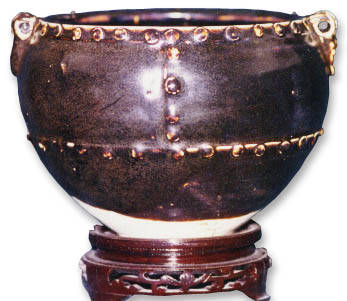| About China > History > Dynasties > dycontent |
|
|
Five Dynasties
During a period of chaos and havoc, tyrants and merciless officials were oppressed; continuous wars persisted and heavy taxes were imposed. During this period, both famous cities of Chang'an and Luoyang were destroyed. The Five Dynasties, therefore, was also known as Wu Ji (five last -- the last and the worst period of the reign of a dynasty). The tumultuous period was also characterized by the tendency towards a single, central authority, which paved the way to the end of the prolonged country divisions by the Northern Song. Achievements during this period included the technological development of gunpowder, manufacturing and printing. In literature, ci became the most popular poetic form during the Five Dynasties. |
||||||
 |

